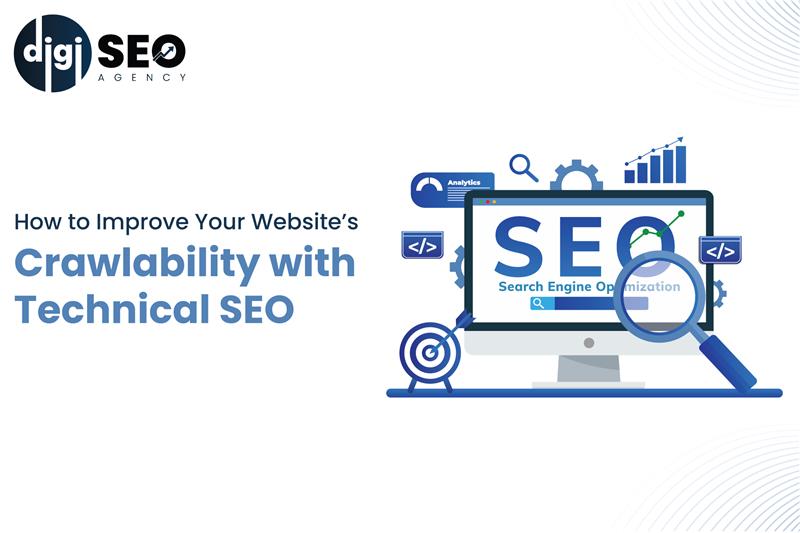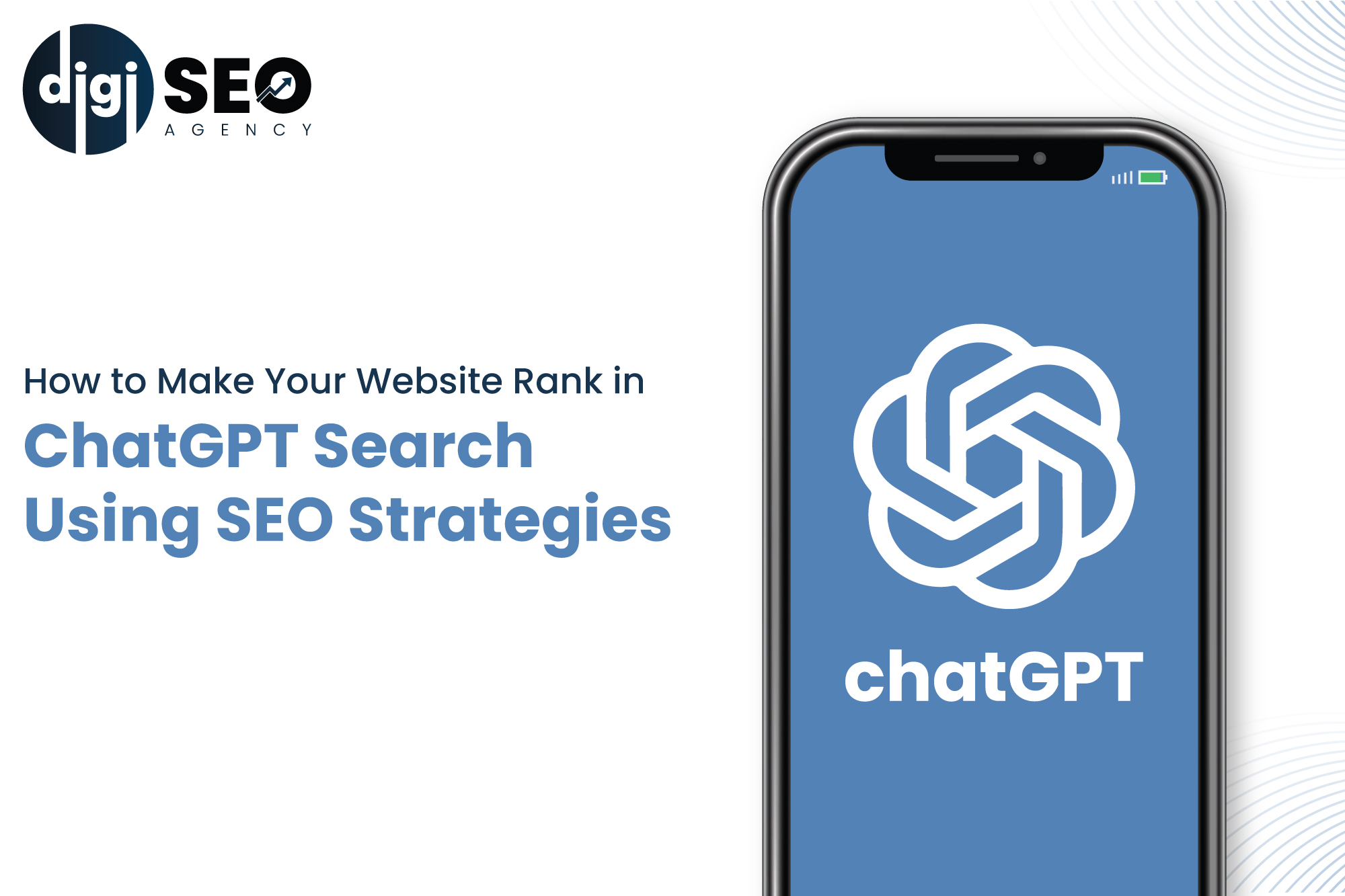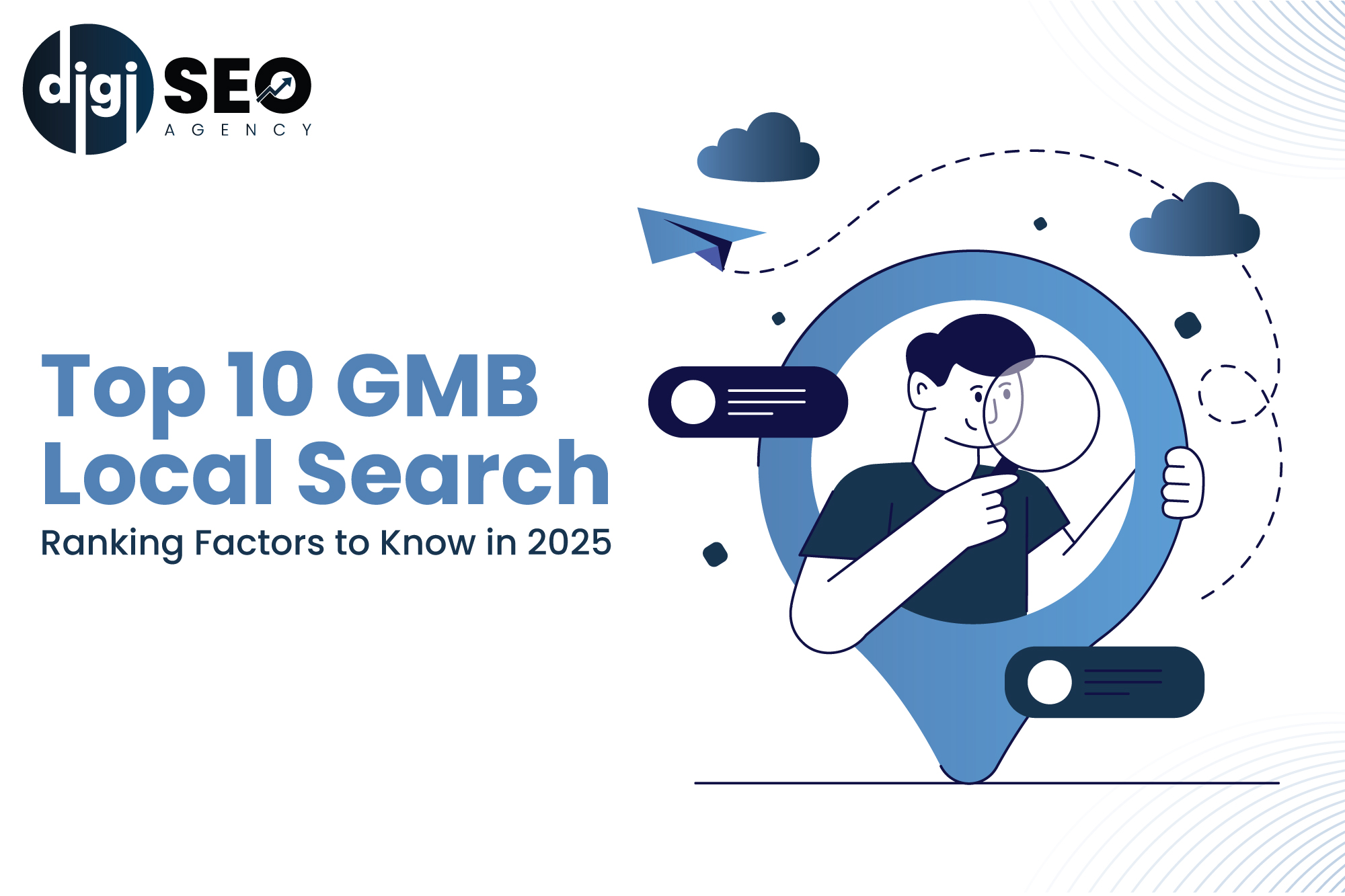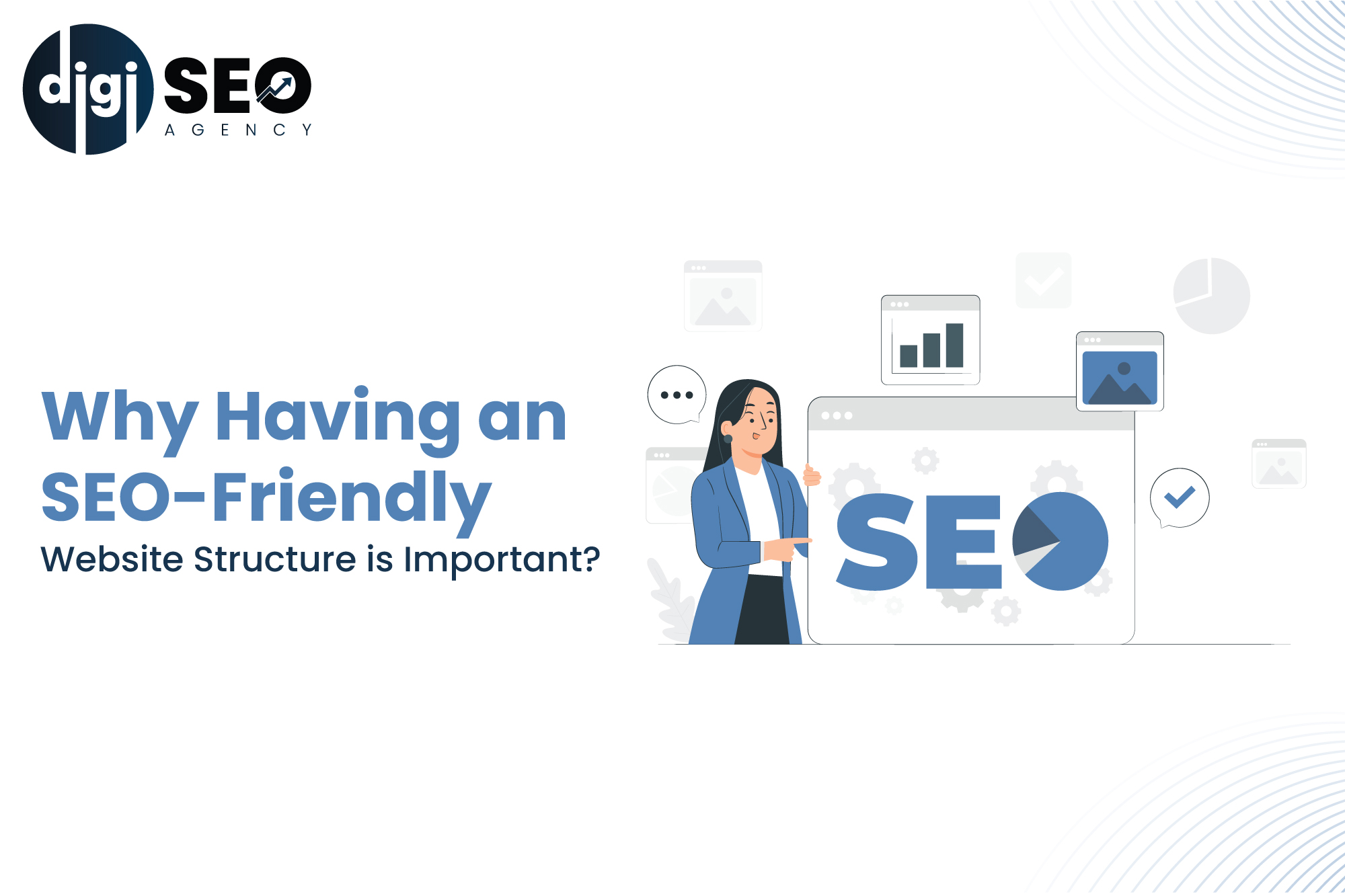Having a beautifully designed website means little if search engines can’t access and index your content. That’s where crawlability comes into play. Crawlability refers to a search engine’s ability to navigate through your website’s pages efficiently. Without good crawlability, even the most valuable content might never show up in search engine results. Let’s explore how you can improve your website’s crawlability with smart technical SEO practices.
1. Understand How Search Engines Crawl Your Site
Before you make any changes, it’s crucial to understand how crawling works. Search engines like Google use bots (often called spiders or crawlers) to discover content across the web. These bots follow links, move through pages, and index content to show it in search results.
If your website structure is confusing or has technical barriers, bots might get lost, skip pages, or not crawl your content at all. This is why crawlability is one of the foundational pillars of technical SEO.
2. Create a Logical Website Structure
A well-organized website is easier for both users and search engine bots to navigate. Start by structuring your website like a pyramid:
- Your homepage is at the top
- Main category pages are just below
- Individual content or product pages beneath those
This type of hierarchy ensures that every page can be reached within a few clicks from the homepage. Try to keep your URL depth to three clicks or fewer wherever possible.
Use internal linking wisely to connect related pages and guide crawlers through your site efficiently. For example, a blog post on “SEO basics” should link to more advanced SEO content.
3. Optimize Your Robots.txt File
The robots.txt file tells search engines which parts of your website they can or can’t crawl. While it’s a powerful tool, a poorly configured robots.txt file can accidentally block important content from being indexed.
Here’s what to do:
- Check your robots.txt file at yourdomain.com/robots.txt
- Ensure no critical folders (like /blog/ or /products/) are disallowed unless intended
- Avoid blocking JavaScript or CSS files that are essential for rendering
Tip: Use the Google Search Console’s Robots.txt Tester to validate your file.
4. Submit an XML Sitemap
An XML sitemap is like a roadmap for search engines. It lists all important pages of your site and helps search engines find them faster, especially helpful for new sites or pages with few internal links.
Make sure your sitemap:
- Is updated automatically when you publish or delete pages
- Only includes canonical URLs
- Is submitted in Google Search Console and Bing Webmaster Tools
Also, include the sitemap’s URL in your robots.txt file for easy discovery.
5. Use Canonical Tags Correctly
Duplicate content confuses search engines and wastes your crawl budget. A canonical tag tells search engines which version of a page is the “official” one.
Let’s say you have two URLs with the same content:
- example.com/page
- example.com/page?ref=123
You can add a canonical tag to both pages pointing to example.com/page. This ensures search engines don’t crawl duplicate versions and keeps link equity consolidated.
Read Also: The Importance of Internal Linking for SEO
6. Fix Broken Links and Redirect Chains
Broken internal links can disrupt the crawling process and harm user experience. Regularly audit your website for:
- 404 errors (Page Not Found)
- Broken internal links
- Redirect chains (Multiple redirects in a row)
Tools like Screaming Frog, Ahrefs, or SEMrush can scan your site and flag these issues. Fixing them ensures that search bots can move smoothly from one page to another.
7. Improve Site Speed and Performance
Site speed isn’t just a ranking factor it also impacts crawl efficiency. Slow-loading pages consume more crawl resources, which means fewer pages might be crawled per visit.
To boost speed:
- Enable caching
- Minify CSS, JavaScript, and HTML
- Use a content delivery network (CDN)
- Compress images without losing quality
- Upgrade your hosting if needed
Use Google PageSpeed Insights or GTmetrix to identify and fix performance bottlenecks.
8. Eliminate Orphan Pages
Orphan pages are those that aren’t linked from any other page on your site. Search engines may struggle to find and index them because there’s no path leading to them.
To fix this:
- Identify orphan pages using crawl tools or by comparing your sitemap to your internal link map
- Add internal links to relevant orphan pages from other content
- Make sure important orphan pages are included in your sitemap
9. Implement Structured Data
Structured data helps search engines better understand the content and context of your pages. It doesn’t directly affect crawlability, but it improves indexability and increases the likelihood of rich results (like featured snippets or product ratings).
Use schema.org markup for:
- Articles
- Products
- Reviews
- Events
- FAQs
Test your structured data using Google’s Rich Results Testing Tool and fix any errors.
10. Monitor Crawl Stats and Index Coverage
Once your technical SEO improvements are in place, monitor their effect over time. Google Search Console provides valuable data under:
- Crawl Stats (under Settings)
- Index Coverage Report
Use these reports to check:
- Crawl frequency and errors
- Pages that are indexed or excluded
- Server errors or redirect loops
If you notice significant drops in crawl activity or indexing, investigate and adjust accordingly.
Read Also: Complete Guide to Using Schema Markup for Better SEO and Visibility
Final Thoughts
Improving your website’s crawlability through technical SEO isn’t just a one-time task it’s an ongoing process. By creating a clear site structure, managing crawl directives properly, fixing errors, and optimizing performance, you can help search engines do their job more efficiently. The result? Faster indexing, better visibility, and higher rankings in search engine results pages. If you’re unsure where to start or want expert guidance, investing in professional technical SEO services in India can make a significant difference. Experienced specialists who understand both local and global SEO dynamics will set your website up for long-term search success.
Remember: even the most compelling content won’t drive traffic if search engines can’t find it. Prioritize crawlability, and your entire SEO strategy will become stronger and more effective.




